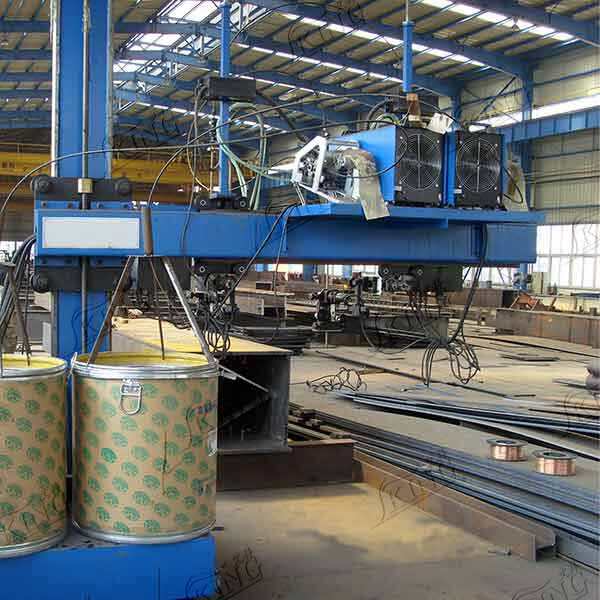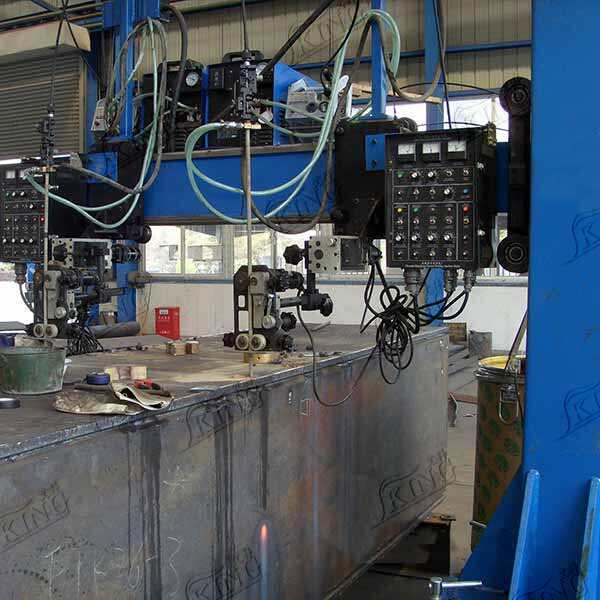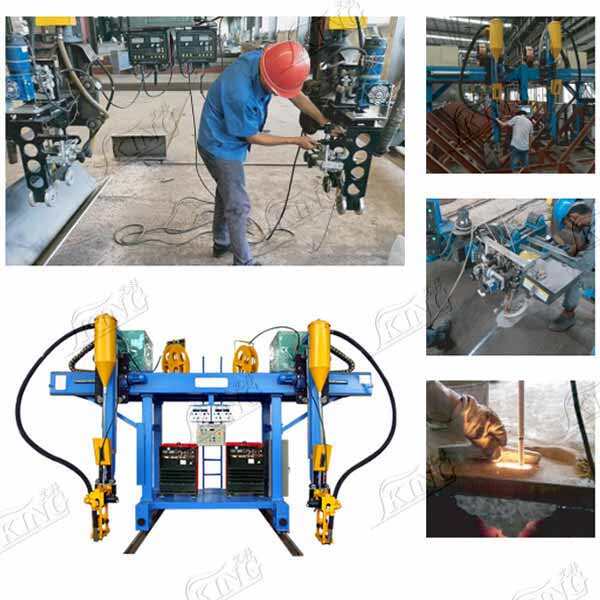electroslag welding applications
Electroslag welding (ESW) represents a highly specialized and efficient welding process designed for joining thick metal plates in a vertical position. This advanced welding technique utilizes electrical resistance heating and molten slag to achieve deep penetration and superior weld quality. The process begins with a molten slag pool maintained by electrical current passing between the electrode and workpiece, generating intense heat that melts both the filler metal and the base material edges. The molten metal is protected by the slag pool, which prevents oxidation and ensures clean, high-quality welds. ESW is particularly notable for its ability to complete thick-section welds in a single pass, making it invaluable in industries where large-scale fabrication is required. The technology excels in applications involving plates ranging from 1 to 12 inches in thickness, offering significant advantages in terms of efficiency and cost-effectiveness. Common applications include the fabrication of heavy equipment, pressure vessels, bridge girders, and building columns. The process delivers consistent, high-quality results with minimal distortion and superior mechanical properties, making it an essential technology in modern industrial welding operations.


